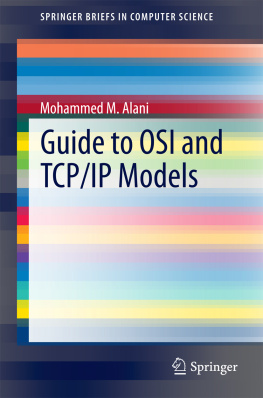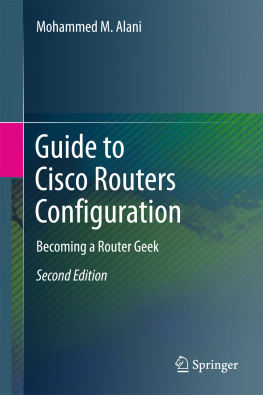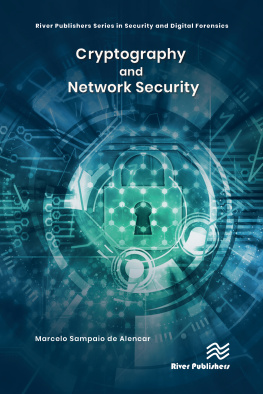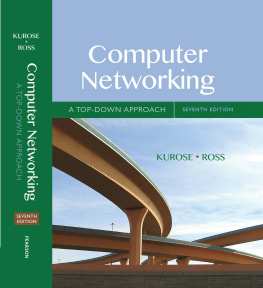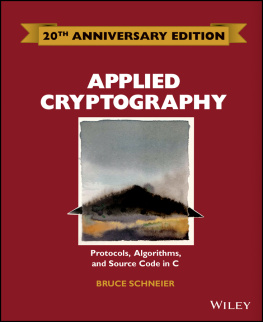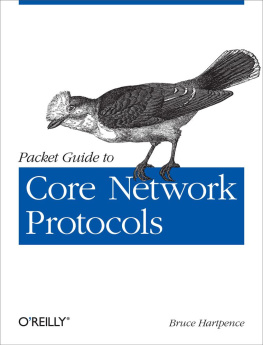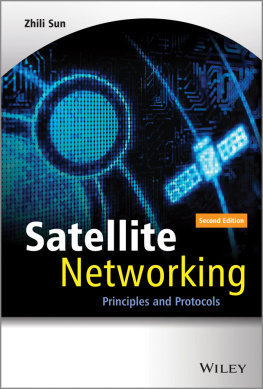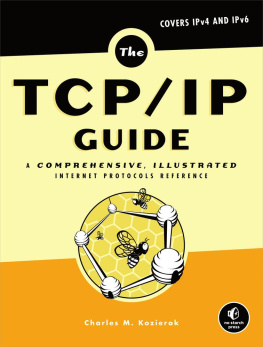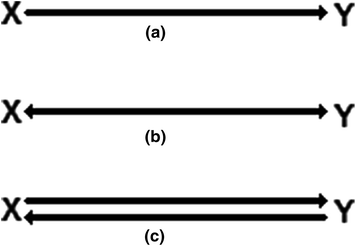1.1 What is a Computer Network?
A computer network can be defined as a group of hosts connected together to accomplish a certain task. The host can be a computer, a network printer, a server, or any other device that can communicate within the network. To keep everything in order, this network has to be governed by one or more protocols. A protocol is a set of rules governing the communication between two or more hosts.
The big question that pops up is why we would need a computer network. The answer is simpler than you think; it is to share resources. These resources may vary from information displayed on a web page, to just an empty space on a servers hard drive, to a printer, to anything that is on one host that can be useful to someone else. So, it is all about the resources.
A Protocol is a set of rules that govern the communication between two or more entities.
In order to operate properly, the computer network needs some supporting devices. Devices such as hubs, switches, and routers utilize the operation of a network to make accessing the services easy and consistent. Sometimes these devices are also used to control the network operation to guarantee that the network services will be used in the right manner and by the right people. Some other times these devices are used to monitor the network operation to detect any unwanted activity.
Networks may vary in size from a small office network with four or five computers to millions of computers, such as the Internet . This variation of size gives a wide variation of the services introduced. You can connect to a network to copy a small daily report to your bosss computer and you can also connect to a network to have a video conference with a colleague in the other half of the world.
A common misunderstanding is that the World-Wide Web (WWW) is the Internet. The WWW, or the webpages, is only one of tens of services provided by the Internet.
As networks develop rapidly, new services also evolve, but also new challenges arise. These challenges can be the lack of bandwidth, new security threats, or merely the need for a new more powerful hardware.
It would be out of sense if we talk about computer networks without mentioning the largest network in the world; the Internet. The Internet is basically a huge network that consists of a large number of smaller networks. It connects millions of hosts together. Many people think that the World Wide Web (WWW) is the Internet. Well, they are wrong. The WWW is only one service of the many services the Internet provides. Examples of these services are electronic mail, file transfer, voice transmission, and many more.
The following sections will introduce basic definitions of what you need to know before going further into the network models.
1.3 Communication Modes
There are basically three modes of communication in all communication systems; simplex, half-duplex, and full-duplex (sometimes full-duplex is referred to as duplex). Figure shows the three modes of communications.
Fig. 1.1
Communication modes: a Simplex, b half-duplex, c full-duplex
Simplex communication involves the transmission of data in one direction all the time. An example is listening to a radio station. The data flows only from the station transmitter antenna into you radio device, but you can not send data in the opposite direction.
In half - duplex communication, the two parties share the same communication channel to send and receive data, but on time-sharing basis, i.e. when X sends data to Y, Y can not send data to X at the same time. Y will have to wait until X is done and the communication channel is free to send data to X. So, the data flows in one direction only at a certain time. An example of this mode of communication can be seen in walky-talkies, or two-way radios. Only one user can send data at a certain time, and the other user can send data when the channel becomes free.
Full - duplex communication uses two separate channels for transmission and reception at each end. This means that data can flow in both directions at the same time. The telephone is a clear example of full-duplex communication as voice signals pass in both directions at the same time.

